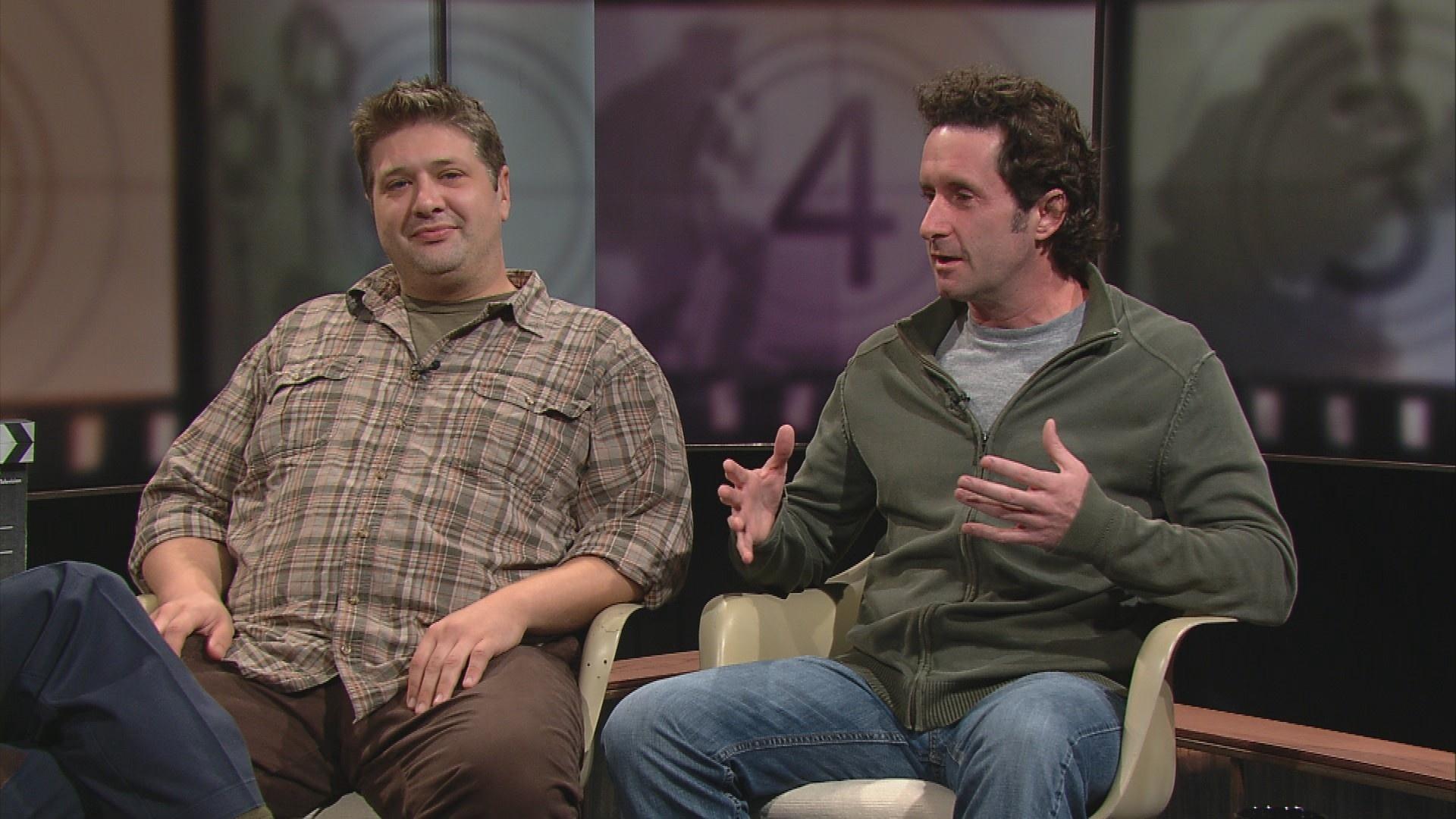Lance Barber is an esteemed actor whose versatile talent and charismatic personality have endeared him to audiences both nationally and internationally. Born in Battle Creek, Michigan, Barber’s passion for acting was ignited during his high school years, which saw him participating in various school productions, setting the stage for a thriving career in the arts. He later moved to Chicago to study at the prestigious Second City, an improvisational comedy troupe that has produced legendary comedians such as Bill Murray, Steve Carell, and Tina Fey.
Lance Barber’s acting career spans over two decades, during which he has cultivated a diverse portfolio of roles in both television and film. Perhaps his most recognized role is that of George Cooper Sr., the father of the young genius Sheldon Cooper in the popular CBS sitcom “Young Sheldon.” Barber’s heartfelt portrayal of the character is testament to his acting prowess, effortlessly combining humor and sincerity to bring the character to life. His exceptional performance has not only resonated with audiences but also garnered critical acclaim, further cementing his reputation as a gifted actor.
However, Barber’s acting journey has not been limited to comedy. Over the years, he has showcased his wide-ranging acting abilities by taking on a variety of roles in different genres. From his role as Paulie G. in the HBO series “The Comeback” to his appearances in popular shows like “Brooklyn Nine-Nine,” “Grey’s Anatomy,” and “It’s Always Sunny in Philadelphia,” Barber’s acting portfolio is as diverse as it is impressive.
Despite his success, Barber remains grounded and dedicated to his craft. He is known for his humility and work ethic, often expressing gratitude for the opportunities he’s had and the people he’s worked with. He is also a strong advocate for the arts, often speaking about the importance of creative expression and its impact on society.
Lance Barber’s professional journey is a testament to his resilience, talent, and unwavering dedication. His remarkable career not only attests to his acting skills but also to his ability to connect with audiences on an emotional level, making him one of the most respected actors in the industry. As he continues to take on new roles and challenges, there is no doubt that Barber will continue to captivate audiences with his performances, further solidifying his place in the pantheon of great actors.

Breakthrough Performance and Career Milestones
Breakthrough performance and career milestones are significant aspects of professional development, marking the progress and growth of individuals in their chosen fields. A breakthrough performance refers to the point where an individual surpasses previous limitations, achieving a new level of skill or success that sets them apart from their peers. This could be a project that garners widespread recognition, a promotion to a higher position, or a marked improvement in skills that translates into enhanced productivity and effectiveness.
Career milestones, on the other hand, are specific achievements that signify important stages in one’s professional journey. These could include completing a significant project, receiving an award or recognition, getting a promotion, or reaching a certain number of years in a profession or company. These milestones serve as tangible indicators of a person’s professional growth and success, providing a sense of accomplishment and motivation to strive for further advancements.
The journey to breakthrough performance and career milestones is often characterized by continuous learning, persistence, and resilience. It involves setting clear goals, developing necessary skills, and maintaining a positive attitude amid challenges. It may also necessitate stepping out of one’s comfort zone and embracing new opportunities or changes. The path to these achievements is unique to each individual, reflecting personal ambitions, values, and strengths.
Moreover, breakthrough performance and career milestones are not just about individual achievements, but also about the impact and contribution to the broader professional field or organization. They reflect the value that an individual brings through their skills, knowledge, and efforts, contributing to the overall success and advancement of their team, department, or organization. Hence, these accomplishments are celebrated not just as personal successes, but also as significant contributions to a larger collective goal.
Collaborations with Notable Actors and Directors
Collaborations between notable actors and directors often result in some of the most memorable and impactful cinematic experiences. These partnerships leverage the distinctive skills and creativity of both parties to generate storytelling magic on screen. Renowned directors possess a unique vision and knack for storytelling that, when paired with the talent and charisma of acclaimed actors, creates a synergy that can elevate a film or theatrical performance to new heights.
These collaborations often foster a deep understanding and rapport between the actor and director, enabling them to push boundaries and explore new depths in their craft. Such partnerships have resulted in timeless classics in the world of cinema. For instance, the collaboration between Leonardo DiCaprio and Martin Scorsese has produced numerous critically acclaimed films such as “The Departed” and “The Wolf of Wall Street.” Similarly, the partnership between Tim Burton and Johnny Depp has given audiences a series of visually stunning and unique films including “Edward Scissorhands” and “Sweeney Todd.”
These collaborations not only contribute to the success of individual films, but they also often shape the trajectory of cinema as a whole, influencing trends and inspiring future generations of actors and filmmakers. They serve as a testament to the power of teamwork and shared vision in the creative process. Therefore, collaborations between notable actors and directors remain an integral part of the filmmaking process, providing audiences with unforgettable cinematic experiences and contributing to the evolution of the art form.

Public Perception and Media Presence
Public perception and media presence are intrinsically bound together, shaping society’s understanding and interpretation of events, individuals, and phenomena. The media has a significant influence in constructing the public opinion of a given subject, through its portrayal and the manner in which it disseminates information. The nature and extent of media presence can amplify, diminish, or even distort the reality of a particular subject, thereby playing a crucial role in shaping the perception of the masses.
The impact of the media on public perception is pervasive and far-reaching. From influencing voting behavior during political elections to shaping attitudes towards celebrities, societal issues, and global events, the media has an undeniable impact on our collective thinking. This influence can be used constructively to educate, enlighten, and inspire positive change. However, it can also be manipulated to spread misinformation, create bias, and incite fear or hatred, highlighting the immense power and responsibility that comes with media presence.
The advent of social media has further complicated this dynamic by providing an unregulated platform where anyone can generate and disseminate content. This has led to an exponential increase in the amount of information available to the public, making it even more challenging to discern fact from fiction. It has also given rise to phenomena such as ‘trending’ topics and ‘viral’ content, which can quickly shape public opinion, for better or worse.
In conclusion, public perception and media presence share a complex and multifaceted relationship. The media has the power to shape public opinion significantly, and this power can be used both constructively and destructively. As consumers of media, it is vital for us to critically evaluate the information we consume and understand the potential biases inherent in media portrayal. As a society, we must also continue to advocate for responsible and ethical media practices, recognizing the crucial role they play in shaping our world.
Fan Base and Audience Reactions
A fan base is an integral part of any medium of entertainment, be it music, films, sports, or even literature. These are the individuals who passionately follow, support, and promote their favorite entertainers, teams, or characters. They are the driving force behind the success of any entertainment entity. Their reactions, whether positive or negative, can significantly influence the direction of a show, the popularity of a character, or the acceptance of a new song or movie.
Audience reactions, on the other hand, are immediate responses to a performance or a piece of entertainment. These reactions can be a mix of applause, cheers, cries, laughs, or even silence, each carrying a profound meaning. The reactions of the audience can be a direct measure of the impact a performance has on its viewers. They are often spontaneous, genuine, and reflective of the audience’s engagement level with the performance.
Both fan base and audience reactions play a pivotal role in shaping the entertainment industry. They provide valuable feedback to the artists, writers, musicians, and producers, enabling them to adapt, innovate, and deliver content that resonates with their audience. Furthermore, the fan base and audience reactions can create a sense of community, where shared interests and passions bring people together and foster a sense of belonging. They can also create a ripple effect, where their enthusiasm and support can attract new followers, expanding the reach and influence of the artist or performance.
However, it’s crucial for the entertainers to strike a balance. While catering to their fan base and acknowledging audience reactions, they must remember to stay true to their creative vision. The challenge lies in integrating the audience’s desires without compromising the integrity of their work. In essence, a successful entertainer is one who can harmonize their creativity with the expectations and reactions of their fan base and audience.

Challenges and Triumphs in His Career
Throughout his career, many challenges and triumphs shaped this individual’s professional journey. Initially, he had to navigate through an ocean of adversity, where he was confronted with numerous obstacles that seemed insurmountable. His early years were filled with failure and rejection; he was overlooked for promotions, faced financial instability, and struggled to establish a strong footing in his field. Despite these challenges, he remained steadfast and committed to his vision, refusing to allow these setbacks to deter him from his goals.
He chose to see these trials as opportunities for growth rather than signs of defeat. His determination and resilience eventually led him to achieve significant milestones in his career. Each triumph he experienced was a testament to his unwavering spirit, a validation of his strength and capacity to overcome adversity. As he climbed the ladder of success, he became a beacon of hope for others, inspiring them to persevere through their own challenges.
However, the journey was not always smooth sailing. There were times when he doubted himself and contemplated giving up. He questioned his abilities, his choices, and the path he had chosen. Yet, it was in these moments of profound introspection that he found the courage to continue. He realized he had already come too far and had too much to lose to turn back.
Each triumph in his career was a reflection of his relentless pursuit of excellence, which only fueled his desire to achieve more. He saw each challenge as an opportunity to learn and grow, to refine his skills and enhance his expertise. His story serves as a powerful reminder that challenges are not roadblocks but stepping stones to success, and that triumphs are not just about achieving goals, but about the journey and the lessons learned along the way. His career, filled with challenges and triumphs, is a testament to his resilience, determination, and unwavering belief in his potential.
